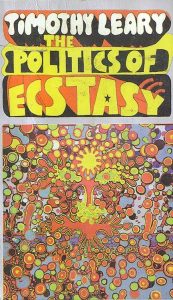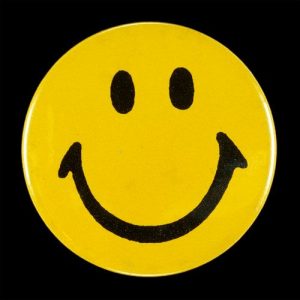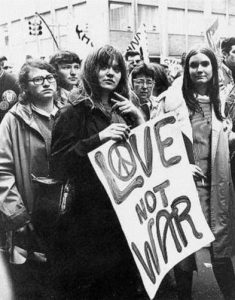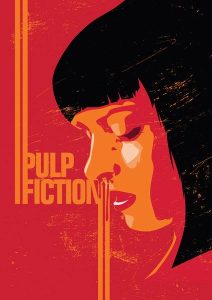After reading the Avant Garde manifesto, I have deduced that they thought very highly of themselves within their work/practice and belittling anyone else who uses their ideas without crediting them. We can tell this from the following quote “but they have forgotten that all attention should be concentrated on the experimental labatories, which show us”. Within the manifesto they have only used three colours: black, red and ivory, perhaps to show the correct hierarchy of the information given to us: black being the most prominent and important information, red being just below that and the ivory being the colour of the paper which the manifesto is printed upon. They have also used the same margin size across all the pages except the contents page which they used a rectangular thin shape to fill the space and also as a page breaker so you can clearly see it’s a contents page.
In particular I like how they have used small and subtle illustrations within the heavily text based pages, showing squares and lines the demonstrate parts of the sentence. Furthermore, they have used a variety of different typefaces and different sizes with some that work and some that in my opinion make It look a bit untidy. They are very heavily against the use of technology which they describe it as the “mortal enemy of art” this can also be backed up by the quote “previously- Engineers relaxed with art, Now- Artists relax with technology”





